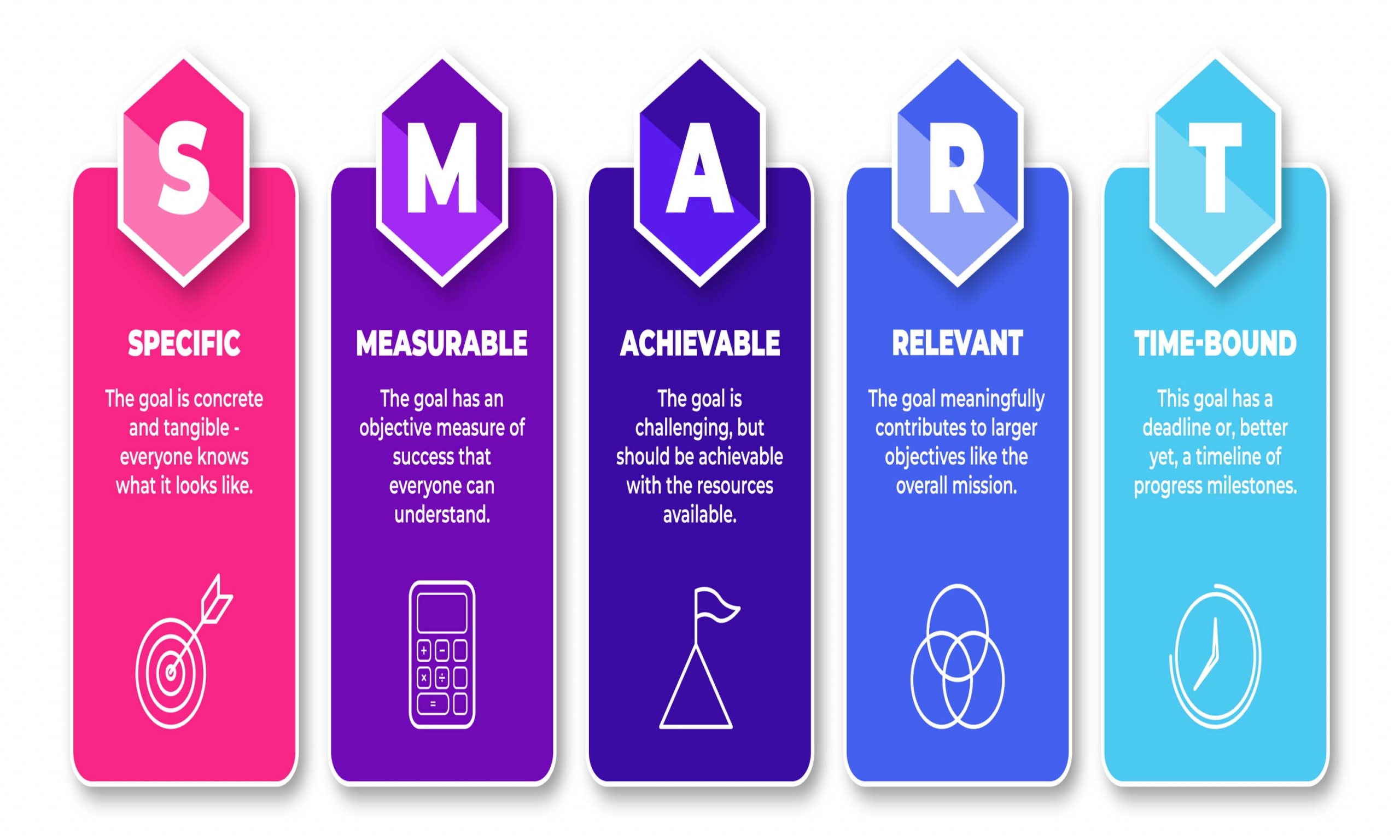Write Why Everything You Don’t Do, You Do For Them

“Recently, Aldi has started TV brand advertising here in Pa., one of their biggest US markets,” Hacker News reports. “They literally brag about their smaller sku count, small stores, no cart pushers, and no loyalty cards. The tag line is ‘Because everything we don’t do, is for you.'”
“We look at the world through these core values: simplicity to keep costs down, consistency in providing the highest quality products and responsibility in how we reduce our environmental footprint”, is corporate Aldi’s message.
Aldi’s “things we don’t do” include:
- accepting manufacturers’ coupons
- offering a loyalty program
- providing free shopping carts
- offering thousands and thousands of products displayed in many aisles
- bagging customers’ groceries
- providing free paper or plastic bags
- offering food products containing synthetic colors or MSG.
The Aldi tag line is effective precisely because it’s so unexpected. Companies don’t typically boast about services and products they don’t offer. In marketing a business or practice, we would do well to emulate the concept, explaining what we have decided not to offer and why we think that’s important to us and to our clients and prospects.
In fact, as we teach at Say It For You, the best marketing content gives readers insights into company owners’ or professional practitioners’ core beliefs, explaining not only what they do, but what they choose not to do and why.
Of all the goals served by writing content, the most important might be ”humanizing” and reinforcing trust. Online searchers need to come away with the impression they will be dealing with real, likeable people, not just with ”a company” or “a practice”. That means that whether the business owner or practitioner is creating his or her own content or collaborating with writers like us, the end result needs to be defining the underlying boundaries and beliefs.
What are the things you don’t – indeed won’t – do? And, most important, why are those “don’t dos” done in the best interest of the clients?





Follow us online!